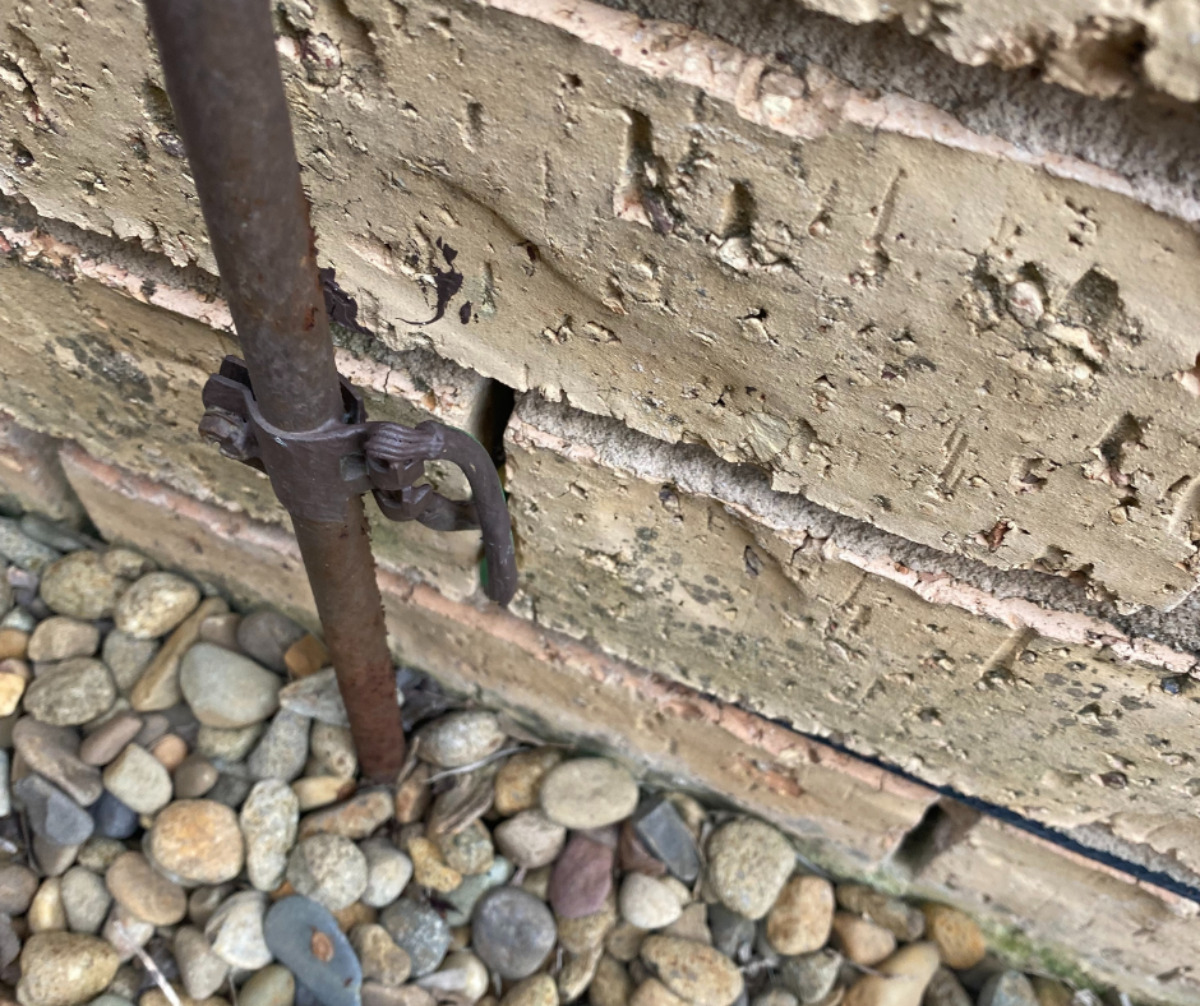
- June 10, 2021
- Effective Building
- 0
Every electric user has to make sure that you have done house earthing to your property. This is important to prevent the hazardous effect of faulty current.
House earthing connects the neutral wires of every outlet to the ground. So whenever there’s a power surge or short circuit, it flows through the earth rod to the ground.
Effective Building & Consultancy recommends earthing on every building and old ones during a renovation. Our electrical inspector specialists can quickly tell if the house has an excellent earthing and bonding system.
4 Reasons We Need to Have House Earthing
- Earthing prevents electric shock by providing a protective conductor, a path that carries the fault currents to the ground.
- Earthing also protects the electrical appliances from damage arising from faulty currents.
- Earthing also prevents the risk of fire outbreaks that may arise from current leakage.
- Earthing maintains a stable voltage in three-phase circuits of an electrical system, even when there’s an unstable load.
How House Earthing Works?
During house wiring, licensed electricians connect earthing wires from all the sockets to earth links on the distribution board. Then, from the distribution board, they connect them to the electrode or earth plate.
Whenever there is a power surge or circuit overload, current flows through the earth rod to the ground. House earthing protects you from electric shock by providing a conductive plate, which carries the faulty current to the ground.
Earthing also causes our protective devices, such as circuit breakers or fuses, to switch off the current that goes to the faulty circuit.
House Earthing Requirement
Electrical grounding requires the following materials.
1. Electrical Earth Stake
The earthing stake should be 1500mm in length, 200mm in diameter, a conical end structure, and an adjustable clamp at the top.
2. Earthing Wire
Earthing wires are made of either galvanised iron or copper. Features include excellent conductors, high tensile strength, and corrosion resistance.
3. Industrial Charcoal and Salt
Charcoal and salt are excellent conductors of electricity. These also contain carbon and ions that enhance their conductivity.
4. Earthing Tools
These include pliers and spanners to adjust the clamp. A continuity tester to test for continuity. Other tools you may need include a digger, a shovel, or excavating machine. The earthing pit dimension should be 150cm x 150cm x 300cm.
House Earthing Procedures
A licensed electrician will dig the pit first to bury the ground rod. The pit should be close to the house and about 3 metres deep.
Then, he will put a layer of salt, charcoal, and sand and place the electrical earth stake vertically inside the pit. Finally, they will fill the remaining portion of the pit with salt, charcoal, and sand layer.
Next, the electrician will connect the electrode and the earthing link using the earth wire. Finally, he will adjust the clamp using the plier and spanner. Once done with the connection, test for continuity using the continuity tester.
How Can Effective Building & Consultancy Help You with House Earthing?
It’s essential to consult a professional electrical inspector if your house is earthed and if the electrical earth stake works appropriately. Even if earthing is recommended in every house, older homes may not have it.
If your house isn’t earthed, people may get electrocuted whenever there’s a power surge. It may also damage appliances and can cause a fire outbreak.
But with the help of Effective Building & Consultancy certified building and electrical inspectors, they can check your house earthing through a test lamp, multimeter, and other devices which only professionals have.
For more information about our building and electrical inspection services, visit our Help Centre.
Suppose you are planning to work on multi-story units. In that case, you may find yourself wondering if you should Read more
Technology continues to evolve at an exponential pace, and there are many tools, systems, and services that need to understand Read more
Where does pre-purchase building inspection come into play? Imagine this scenario: You just bought a new home. However, your dream-come-true Read more





